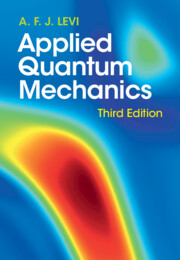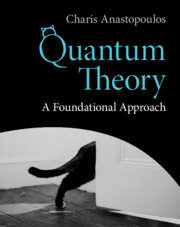In this chapter, we will formulate the basic equations of quantum mechanics that govern the time evolution of a quantum system.
Quantum bracket
In Chapter 1, we discussed several formulations for classical mechanics. We now see that none of them is suitable for quantum mechanics because they involve position, velocity or momentum, none of which can be defined for a particle because of the uncertainty principle.
What is worse, the discussion of Chapter 2 seems to indicate that dynamical variables should be represented by operators on a vector space. The Lagrangian and the Hamiltonian formalisms require taking derivatives with respect to dynamical variables. One cannot take derivatives with respect to an operator.
Faced with these problems, we may wonder if there is a formulation of classical mechanics where one does not have to take derivatives with respect to position and other dynamical variables. Indeed, such a formalism exists, and it involves constructs called Poisson brackets.
In classical mechanics, any dynamical variable F, i.e., any function F of positions x and momenta p, evolves according to the rule
where H is the Hamiltonian of the system (which, by the way, is a dynamical variable itself), and the Poisson bracket for any two dynamical variables is
defined to be
where xa indicate generalized coordinates, pa the corresponding momenta, and the sum is over all such generalized coordinates.
Obviously, this definition is meaningless in the realm of quantum mechanics, where xa and pa are operators in a Hilbert space. To obtain a suitable modification of the definition that can be used in quantum mechanics, let us first note that the Poisson bracket, defined above, has the following properties:
And, in addition, if there is a constant K, which can be seen as a special case of a dynamical variable, we should have
for any dynamical variable A. These are the properties that can be used to find all Poisson brackets, starting from the basic brackets
The important point is that as long as one needs to take Poisson brackets between dynamical variables which involve only positive integral powers of position and momenta, it is not necessary to invoke the definition of Eq. (3.2).


